
Collecting Space and Form Exhibit
Modernist architecture is on full display at UC Clermont College now through Dec. 13 as part of “Collecting Space and Form: Ideas of the Modern,” featuring exhibits from the Robert A. Deshon and Karl J. Schlachter Library for Design, Art, Architecture and Planning at the University of Cincinnati’s Uptown campus.
In the mid-20th-century, Cincinnati architects created buildings and planning of local, national and international importance. Cincinnati played a significant, but largely unrecognized, role in the introduction of International Style Modernist architecture to the United States.
The DAAP library has been collecting and archiving drawings, photographs and other materials related to Cincinnati Modernist architecture since 2008. This exhibit focuses specifically on Cincinnati Modernist architect Woodie Garber, who had an important though sometimes tense relationship with the University. In the late 1960s-70s, Garber created a master plan and designed several buildings for UC. Two of his buildings were built: the Sander Hall dormitory complex and Procter Hall for the College of Nursing and Health. Sander Hall dormitory was demolished (though its adjacent cafeteria building survives, repurposed for new uses) and Procter Hall has been re-clad and remodeled. Garber also interacted with UC by employing many DAAP architecture students as cooperative education interns in his office and hiring some after their graduation.
Further emphasizing the breadth of UC’s collection are artists’ books from the DAAP Library focusing on the link between art and language. This selection of modern works from UC’s vast collection links the ideas of space and form, from the archival aspects of architecture, to the collecting of the three-dimensional as it meets in the two-dimensional within artists’ books.
The show was curated by Patrick Snadon, UC professor emeritus, design and architectural historian; Elizabeth Meyer, DAAP librarian; and Carla Cesare, assistant professor of art history.
The Park National Bank Art Gallery is located in the Snyder Building on the UC Clermont College campus in Batavia at 4200 Clermont College Drive. Gallery summer hours are Monday through Friday, 8 a.m.–5 p.m. For more than 20 years, the spacious 1,000-square-foot gallery has offered visual art exhibits open to UC Clermont students, faculty, staff and the general public.

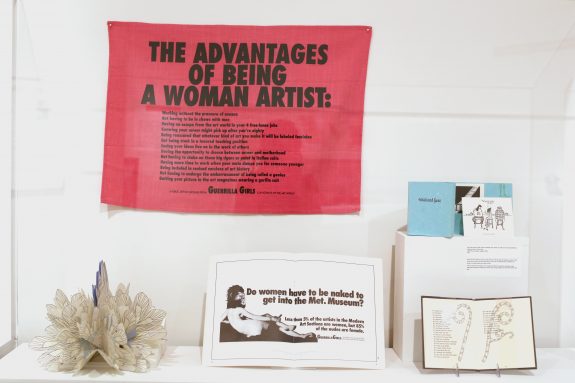
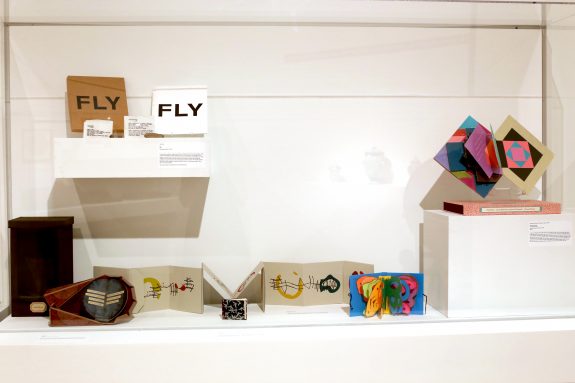
 Read Source, the online newsletter, to learn more about the news, events, people and happenings in UC Libraries.
Read Source, the online newsletter, to learn more about the news, events, people and happenings in UC Libraries.
 In 2007, the University of Cincinnati’s women’s lacrosse team, coached by Lellie Swords, played its first game. While they lost that game, in the 12 years since they have had many notables to celebrate including a player named All American and current coach Gina Thomas playing for Team USA. in 2018 they joined the American Athletic Conference (AAC), and in 2019 won AAC Freshman and Coaching Staff of the Year honors.
In 2007, the University of Cincinnati’s women’s lacrosse team, coached by Lellie Swords, played its first game. While they lost that game, in the 12 years since they have had many notables to celebrate including a player named All American and current coach Gina Thomas playing for Team USA. in 2018 they joined the American Athletic Conference (AAC), and in 2019 won AAC Freshman and Coaching Staff of the Year honors.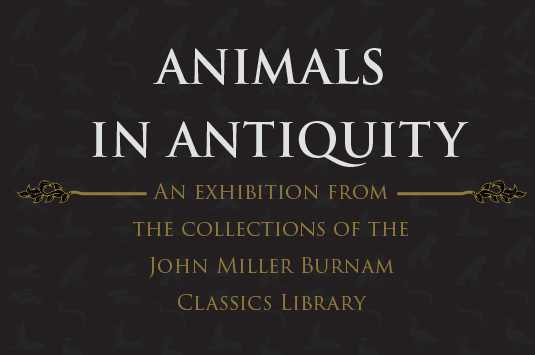 On the fifth floor lobby of the Walter C. Langsam Library is the exhibit “Animals in Antiquity: An exhibition from the collections of the John Miller Burnam Classics Library.”
On the fifth floor lobby of the Walter C. Langsam Library is the exhibit “Animals in Antiquity: An exhibition from the collections of the John Miller Burnam Classics Library.”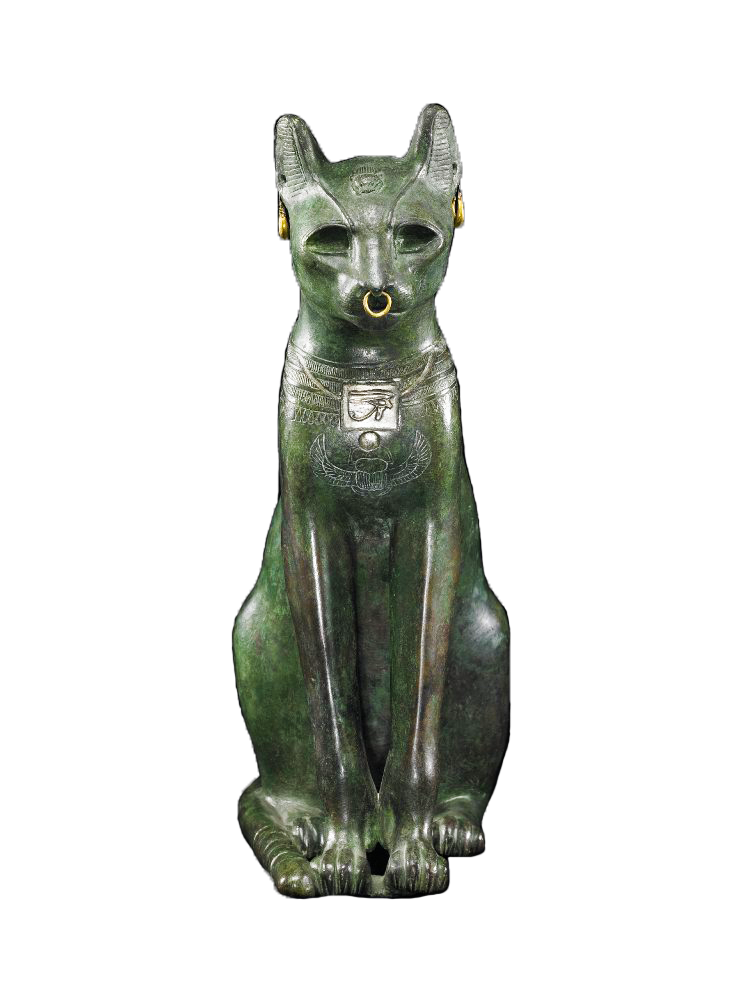

 Read Source, the online newsletter, to learn more about the news, events, people and happenings in UC Libraries.
Read Source, the online newsletter, to learn more about the news, events, people and happenings in UC Libraries.

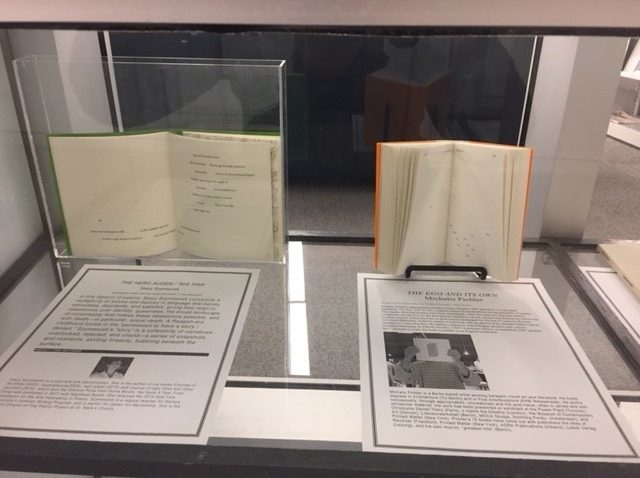
 Read Source, the online newsletter, to learn more about the news, events, people and happenings in UC Libraries.
Read Source, the online newsletter, to learn more about the news, events, people and happenings in UC Libraries.